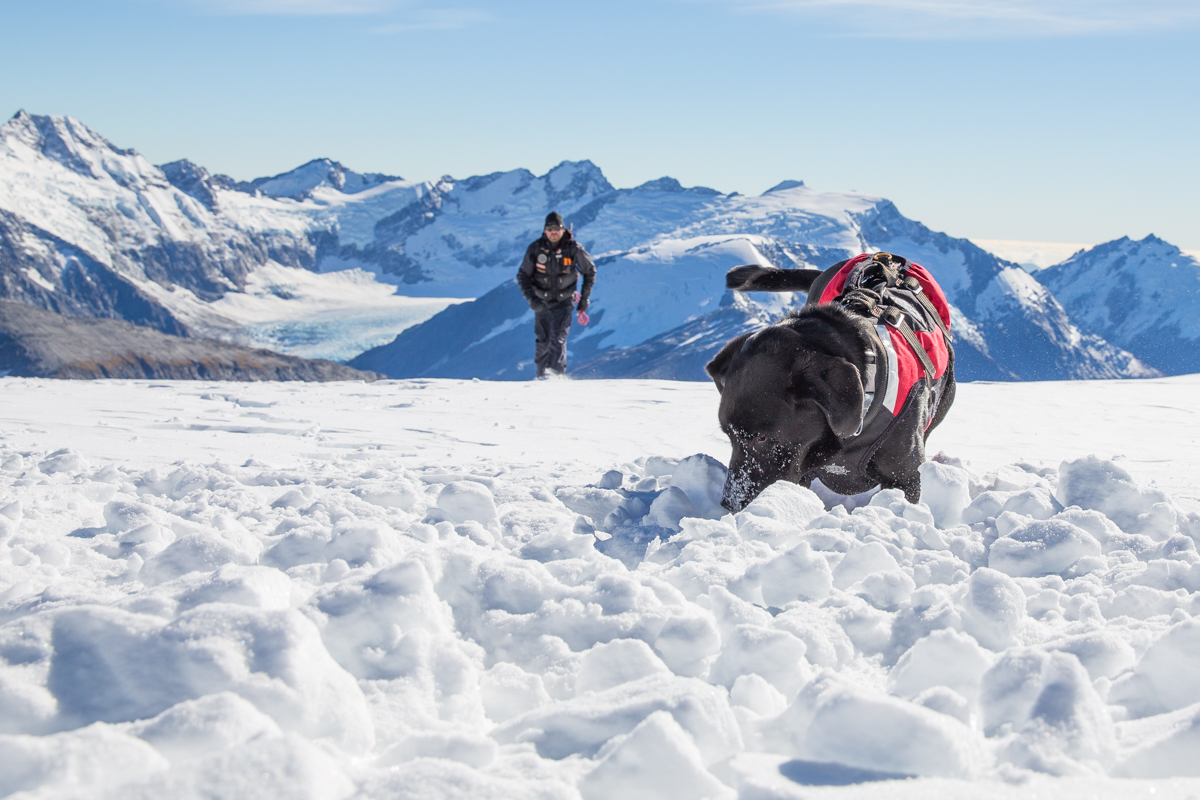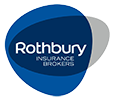SEARCH AND RESCUE DOGS AVALANCHE
SEARCH AND RESCUE DOGS AVALANCHE

Operational Avalanche Teams
Contact list of current operational teams locations, how to contact us and what to do in the event of an emergency.

Training An Avalanche Dog
Our preference is that you contact us before getting a dog. Qualifications and location are key pre requisites.

Donate To Our Organisation
If you feel you are in a position to help our volunteer orgnaisation with time or financial resources, please let us know.
SEARCH AND RESCUE DOGS AVALANCHE – AOTEAROA NEW ZEALAND
Search and Rescue Dogs Avalanche (SARDA) is the official volunteer organisation that provides search and rescue avalanche dog teams in alpine environments across all of New Zealand. Operational avalanche dog teams are based at most major ski areas and high mountains across New Zealand. We are endorsed by the NZ Police, the Mountain Safety Council and SAANZ (Ski Areas Association of NZ) and are made up of highly skilled alpine professionals who all live and breathe the snow industry. Almost all our handlers are fully qualified ski patrollers and alpine guides and all have a huge passion for what we do.
Speed, efficiency and a nose capable of detecting human scent deep beneath the surface of the snow has allowed the Avalanche Search Dog to earn itself the reputation of becoming an invaluable asset in the context of snow and avalanche rescue.
The canine avalanche team has two equally important members: the dog and the handler. The goal is for the team to quickly locate people who have been buried by an avalanche. Quick response, thorough searching, and safety are all important elements of a response to an avalanche accident. In order for a team to have the skills necessary to safely and effectively search an avalanche site they need to develop a variety of skills. If you are an aspiring avalanche dog handler there are a number of important pre requisites to consider – not least being the location of the team.
Avalanche search dog teams must be called immediately and deployed in the first response.
Unless trained personnel and dogs are on hand near an avalanche incident it’s quite likely that search results will be to find a deceased person. Even so, we train with the same sense of urgency that would be encountered in an actual search, including the various distractions that may be on hand during a mission.
Avalanche search dogs are one tool used to find lost persons buried in an avalanche. Probe teams and transceivers (if used by the buried person) are about the only other options used to find avalanche victims until the snowpack melts. The sense of urgency during a search for a person buried by an avalanche cannot be understated.
The handler/dog relationship is crucial to the success of the team. If the dog isn’t motivated to find people and work with the handler, training progress will be impossible. Selecting the appropriate dog for search work is one of the most important aspects so if you are interested in training an avalanche dog please contact us before getting a dog. As response time is critical; during the winter season, teams must be located no more than 30 mins from high risk avalanche areas or live in close proximity of a helicopter base likely to be involved in a rescue operation.
Thanks go to our amazing supporters and partners
WHY USE AVALANCHE DOGS?
Sense of smell.
Dogs have a VERY keen sense of smell.
They have 220 million scent receptors.
(We have only 5 million)
Speed.
They are FAST across the snow.
Survival statistics tell us that 90% of avalanche victims are alive at the fifteen minute mark. After 35 minutes the survival rate is at 30% and quickly drops after that.
How fast?
A well-trained avalanche dog is equivalent to approximately 20-foot searchers and can search the same area in an eighth of the time. One dog can search one hectare in approximately 30 minutes – it takes 20 foot searchers 4 hours to search the same area with probes (covering about 2.5% of the total area that the dog could cover).















